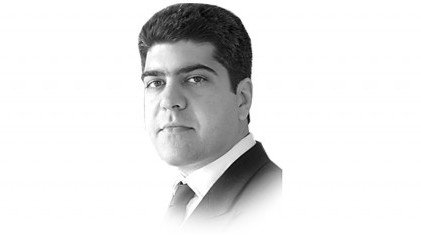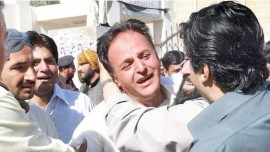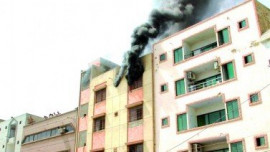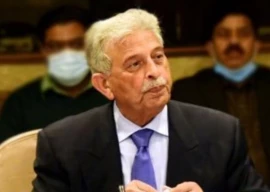
To the point of cliché, the demise of the Pak Tea House is pointed to as yet another example of the gradual loss of the intellectual Lahore of yore. This is tremendously unfair, as no such thing has happened. The city still attracts the brightest minds in the country. It’s just that it is impossible for them to interact as they did back in the day.
When the British annexed the Punjab, Lahore sprawled forth from the confines of the Walled City. As the civil station, called Donald Town, grew, it became the place where the city’s elite – the civil and railway administrations, assorted European gentry and the select few prominent Indian residents – lived. The more select residential localities were close to or right off The Mall — the main stretch of broad, tree-lined boulevard lined with equally wide sidewalks connecting the civil station with the cantonment. The Mall was where the city came out to see and be seen.
The Pak Tea House was located in the heart of Donald Town, just off Mall Road. But more than its location, it was situated next to the F C College, King Edward Medical College and just a short walk from Government College, Punjab University, the College of Arts and the MAO College. It was a natural meeting place for the intellectual elite. Its proximity to the main residential area, the best educational institutions in the region and a handful of newspaper offices were crucial ingredients for its charged atmosphere. Few appreciate that it was this high-density, pedestrianised and mixed land use that made not just the Pak Tea House, but the colonial city of Lahore, famous.
Few understand that over the past sixty years, as this city has followed a socially unjust, automobile dependent, sprawling and energy inefficient template of urban development, the key ingredients that made the Pak Tea House the institution it was have simply vanished.
Today, the areas that was once Donald Town is no longer the city’s main residential area. A sizeable minority of residents live in town houses in areas like Gulberg, Iqbal Town, Jauhar Town, Defence and so on, and the network of roads that allows them to traverse long distances were not designed with walking in mind. Instead, the area is littered with commercial and industrial land-use, making residential accommodation uncomfortable and has facilitated our own version of “white flight” (a phrase coined to describe the racially motivated exodus of white families in urban America whenever African American or Hispanic families moved in nearby). With people separated and segregated in this way – without something as elemental as a sidewalk where you can rub shoulders as equals – it’s impossible to generate that critical mass of democratic mixeduse density now recognised as the essence of a vibrant urban area. Instead, our urban template produces its own species of anomaly — and this is an indication of how misplaced the priorities of city fathers are: witness the water guzzling private clubs and golf courses, people who drive to the gym only to use a treadmill and, according to The Smiling Report 2009, the least smiling people in the world.
Disclaimer: None of the above is to suggest there is lack of intellectual activity in Lahore. If nothing else, social networks provide strong evidence that the famed Lahori spirit burns strong. If only the physical barriers to the crucial critical mass of mixed-use density could be broken down; if only the walls that support our rigid social structures could be removed. Remember, the great revolutions of Europe all began in crowded pubs or coffee houses, places where men and women were free to exchange ideas as equals.


































1714024018-0/ModiLara-(1)1714024018-0-270x192.webp)









COMMENTS (2)
Comments are moderated and generally will be posted if they are on-topic and not abusive.
For more information, please see our Comments FAQ